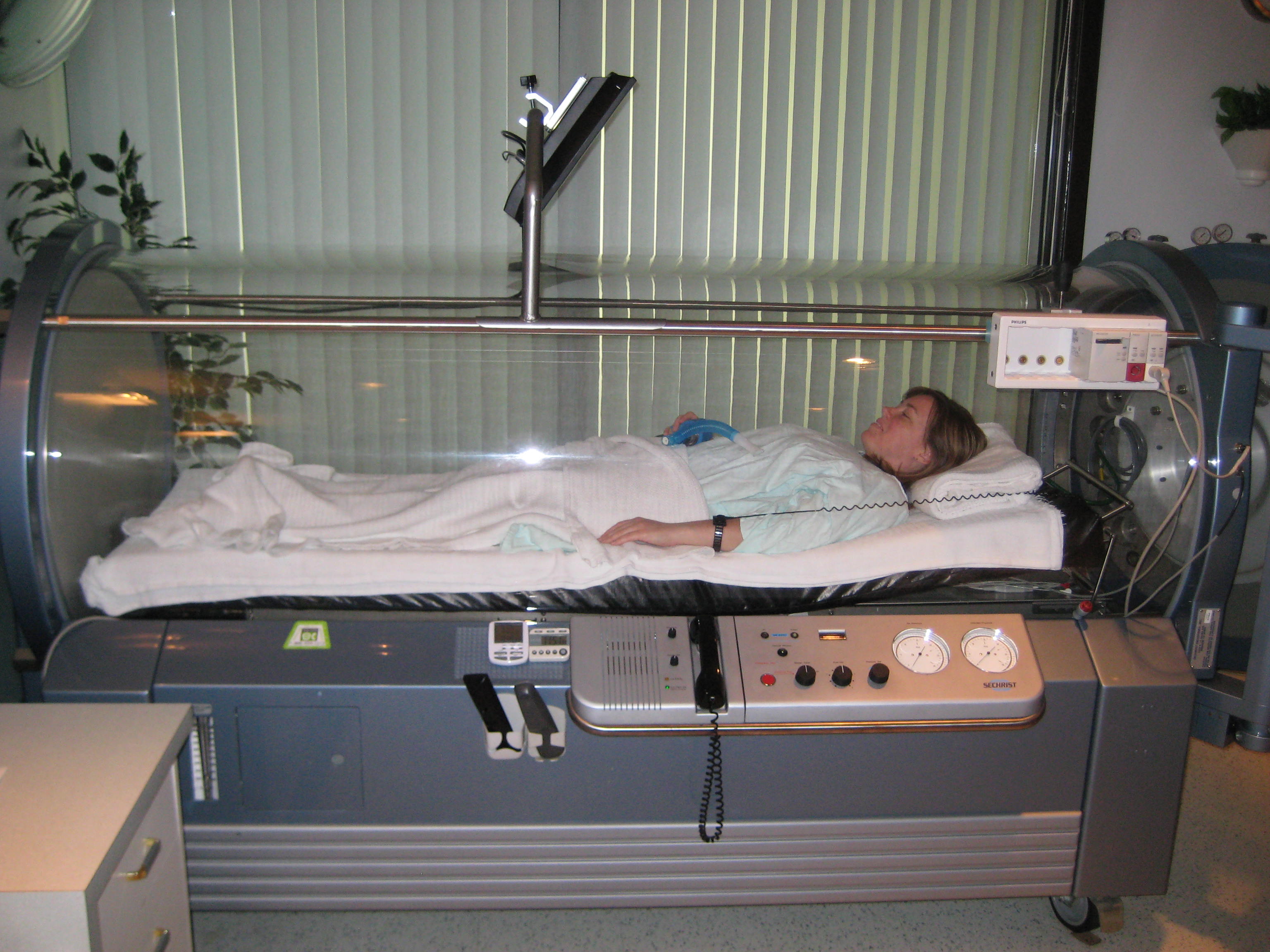Open the Power of Hyperbaric Oxygen Treatment for Faster Recovery
Hyperbaric Oxygen Treatment (HBOT) has actually emerged as a crucial method in the realm of recuperation, using a distinct system to boost recovery via raised oxygen degrees. As different medical problems profit from HBOT, comprehending its specific applications and the scientific research behind its effectiveness is crucial.
What Is Hyperbaric Oxygen Treatment?
Hyperbaric Oxygen Treatment (HBOT) is a medical therapy that involves the use of a pressurized chamber to deliver pure oxygen to people. This therapy operates the concept that increasing ambient stress allows the lungs to absorb even more oxygen than under regular atmospheric problems. hyperbaric oxygen therapy. Therefore, the heightened oxygen levels in the blood stream can considerably boost the body's all-natural healing processes
HBOT is administered in specialized chambers, which can suit one or more clients and are commonly readied to pressures varying from 1.5 to 3 times that of regular air. Throughout a session, patients breathe 100% oxygen while the pressure is boosted, leading to the dissolution of oxygen in physical liquids, including plasma, lymph, and cerebrospinal fluid. This process not only enhances oxygen distribution to broken tissues but likewise assists in numerous biochemical responses crucial for recovery.
While HBOT is commonly acknowledged for treating conditions such as decompression illness and carbon monoxide gas poisoning, it has additionally acquired interest for its prospective applications in different other medical areas. The therapy is generally well-tolerated, although it is important for clients to be assessed for any type of contraindications prior to treatment.
How HBOT Enhances Recovery
The increased oxygen degrees achieved during Hyperbaric Oxygen Treatment (HBOT) play a considerable role in boosting the body's healing processes. By supplying pure oxygen at elevated stress, HBOT assists in the diffusion of oxygen right into tissues, promoting mobile metabolic process and energy manufacturing. This increased oxygen accessibility supports the synthesis of adenosine triphosphate (ATP), the power currency of cells, which is essential for repair and regrowth.
Moreover, HBOT stimulates angiogenesis, the formation of brand-new blood vessels, which is important for providing nutrients and oxygen to hurt cells. This process not just accelerates recovery but likewise decreases the risk of persistent wounds and infections. Boosted oxygenation likewise assists in the removal of toxic substances and inflammatory conciliators, adding to a much more reliable recovery atmosphere.

Benefits of Hyperbaric Oxygen Treatment
Individuals going through Hyperbaric Oxygen Therapy (HBOT) typically experience a variety of benefits that expand past improved recovery times. Among the key benefits of HBOT is its capacity to improve oxygen delivery to cells. By increasing oxygen focus in the blood, HBOT promotes mobile metabolism and encourages the repair service of damaged cells.
Additionally, HBOT has been shown to lower swelling, which can minimize pain and boost general healing. This anti-inflammatory result can be especially useful for patients recouping from surgical procedure, injuries, or persistent problems. The therapy boosts the formation of brand-new blood vessels, a process recognized as angiogenesis, which is vital for delivering nutrients to recovery cells.
One more significant advantage is the potential for enhanced immune feature. By enhancing the body's oxygen degrees, HBOT can bolster immune feedbacks, assisting patients ward off infections throughout recovery. Lots of individuals report raised power levels and minimized exhaustion following treatment, adding to a total sense of wellness.
Problems Dealt With With HBOT
Numerous medical conditions can profit from Hyperbaric Oxygen Therapy (HBOT), making it a flexible treatment choice in different health care setups. HBOT is mainly acknowledged for its performance in dealing with decompression health issues, a problem typically experienced by divers. Additionally, it plays a crucial role in promoting the healing of chronic wounds, particularly diabetic foot abscess, by improving oxygen shipment to jeopardized cells.
Various other conditions that may be treated with HBOT consist of radiation injuries, where it helps in cells healing after radiation therapy. It is likewise helpful for carbon monoxide poisoning, as it helps displace carbon monoxide gas from hemoglobin, recovering regular oxygen degrees in the blood. HBOT is used in situations of thermal burns, enhancing the healing process and lowering the threat of infection.
Individuals experiencing from osteomyelitis, an infection of the bone, may also experience improved end results with HBOT, as it assists to increase oxygen supply to contaminated cells. Finally, specific neurological conditions, such as distressing brain injury and stroke, are being discovered for HBOT's possible neuroprotective impacts. In general, the varied applications of HBOT emphasize its importance in modern-day medicine
What to Expect During Therapy
Complying with the exploration of look what i found numerous conditions treated with Hyperbaric Oxygen Treatment (HBOT), comprehending what to expect throughout treatment is vital for individuals considering this therapy. The therapy usually occurs in a specialized chamber, which can suit one or several people. During the session, the chamber is progressively pressurized, enabling the person to take in pure oxygen at levels greater than atmospheric pressure.
People can expect to undertake several sessions, each lasting approximately 60 to 90 mins. Initially, there may be an experience of fullness in the ears, comparable to what one experiences throughout altitude adjustments, but this normally resolves rapidly with straightforward equalization techniques.
The restorative environment is checked by skilled experts that make certain safety and convenience. Clients are motivated to kick back, as they might review or listen to music during the procedure. While many people endure HBOT well, some might experience light adverse effects such as fatigue or short-term aesthetic best site adjustments.
Inevitably, understanding these aspects can help minimize any stress and anxieties and prepare people for an advantageous recovery experience through HBOT.
Conclusion
